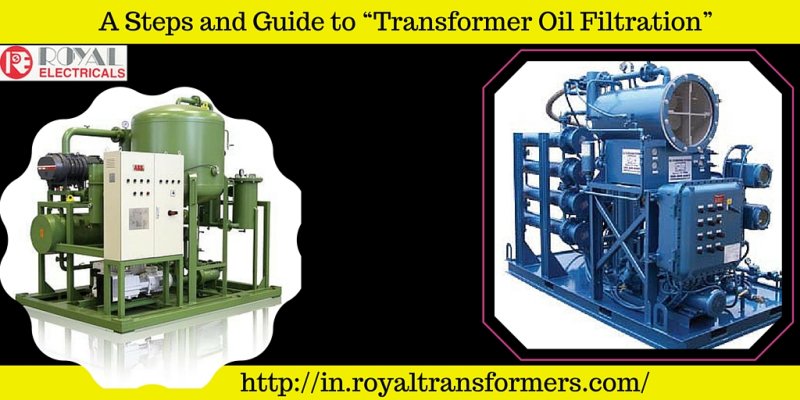Transformers are a vital equipment in the electric industry. It helps regulate the voltage and there are several other benefits that it poses. But it too requires some care and handling. Every transformer uses an oil for functioning which acts as a food for it. This oil purification is a process to remove scrap, sludge and other dust particles which settle down with time and can lead to malfunctioning of the machine.
Transformers Repairing Guide : How To Seal Leak Transformer Effectively
Steps for Transformer oil filtration:
Transformer oil filtration involves three steps in total:
- Raising the oil temperature.
- Removal of scrap or sludge and dust particles.
- Dehydration and degasification of transformer oil.
Step 1:
Intro: In this step for transformer oil filtration the temperature of the oil is to be increased to a certain level to decrease viscosity and do degasification.
Process: The temperature of the oil is to be increased to a temperature of 65 degree Celsius.
Benefits:
- By increasing the temperature of the oil it dissociates the moisture and gas particles present in the oil.
- Further, it will be easy to send the gas form to the chamber for degasification.
- Then by heating the oil viscosity of the oil decreases and hence results in easy filtration of the oil at further level.
Step 2:
Intro: Oil filtration is done in this step of oil filtration process. This process can be done either by centrifuging or by filter candles.
By Centrifuging:
The oil is continuously centrifuged mechanically. With centrifuging the dust particles settle at the lower end and then the oil can be filtered from the top. But as centrifuging can’t completely remove the dust particles (less than 10 microns). Hence somewhere has disadvantages.
By Filter candles:
Intro: Classic edge and depth filters are used for filtering purpose.
Working: The filtering of oil is generally done as a normal filtration process. The only difference or notable point is between both the filters.
- Edge filters are less reusable as compared to depth filters
- Additionally depth filter can filter out the particles up to a size of 0.5 microns
- For reusability edge filters are placed in sun’s heat whereas the depth filter
- Depth filter requires fewer skills as compared to edge filters
- Depth filters are more market oriented.
Step 3:
Intro: Degasification and dehydration of oil are done at this stage of purification.
To complete the transformer’s oil filtration the filtered oil is then sent to degasification chamber. There due to the difference of the boiling points for oil and water, both the compounds get separated and oil can be seen floating over water which is then separated with the help of intensive centrifuging and, at last, the oil gets filtered out.
Transformer Oil Purification – Most Critical Specialty Service In The Industry
These were the steps involved in transformer’s oil filtration/purification system process, we being humans have a habit of ignoring all the backend processes, we actually never care for these things that what is going at backside whether it is our smartphone application’ working or the filtration of transformers’ oil. Hope you find something from this article.

